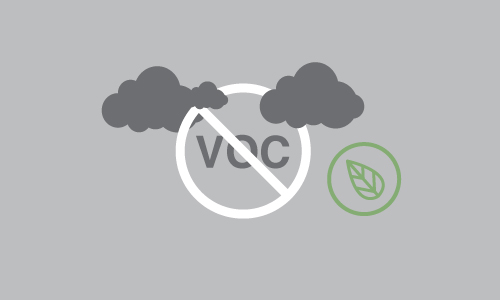Tips for finding the best emission reduction technology for your manufacturing plant.
Installing a VOC abatement solution for your manufacturing plant is a sizable investment, and choosing the right solution is key to maximizing your ROI.
To get the most out of your VOC emission control system, you need to choose the right technology and work with a reputable vendor so you can optimize the system’s operating efficiency.
Here’s how to select the right VOC abatement solution for your manufacturing facility:
Design and Installation
Besides the cost of the equipment, you should make sure that the system is designed to meet the needs of your manufacturing process and properly installed to optimize its operating efficiency.
Work with a vendor that offers a variety of VOC abatement solutions to help you design the most effective VOC abatement strategy for your manufacturing plant.
Level of Emissions
The nature of the manufacturing process and the amount of VOC emitted by your facility will impact the type of abatement technology you should use.
Regenerative Thermal Oxidizers can achieve high VOC destruction (99%+) while being extremely energy efficient (up to 97% thermal efficiency). RTOs are suitable for chemical processing, FRP manufacturing, heat-set printing, flexographic printing, converting web dryers, paint and coating manufacturing, surface coating, and wood finishing.
Catalytic Oxidizers can operate at lower temperatures with the use of a catalyst to achieve VOC destruction and are suitable for industries such as fiberglass, chemical processes, bakeries, adhesives and sealants, metal finishing, and pharmaceuticals. Meanwhile, Rotary Concentrators are cost-effective solutions for industries with lower levels of emission.
Ongoing Operating and Maintenance Cost
The ongoing operating cost of your VOC abatement solutions varies based on emissions standards, the configuration of your facility, and the usage pattern.
You should calculate the lifecycle cost of the abatement technology so you can project operational and energy costs, future maintenance expenses, and energy consumption to get a comprehensive view of each solution’s total cost of ownership.
Vendor Support
The right maintenance strategy is key to lowering your operating cost and extending the life of your VOC abatement equipment so you can get the most of your investment.
While it’s important to have the right in-house resources to handle the day-to-day operation, getting the right support from your vendor can help ensure that the system is properly maintained so you can avoid unnecessary downtime and costly repairs.
Compliance with Regulatory Standards
The EPA periodically updates the emissions standards for the manufacturing industry. It’s crucial that you select a VOC abatement solution that’s compliant with the latest regulatory standards.
You should also stay current with the latest emission standards and work with a vendor that can assist you with upgrading the system to meet changing emission regulations.
Flexibility for Upgrade in the Future
Whether it’s evolving manufacturing best practices, the incorporation of new technologies, changing business priorities, or updated regulatory standards—you may need to upgrade your VOC abatement system in the future to meet various requirements.
Make sure you choose a VOC abatement solution that allows you to make upgrades with minimal cost so you can stay current without having to overhaul the entire system.
Final Thoughts
Choosing the right VOC abatement solution can help you improve efficiency and lower operating cost. You should work with a reputable vendor that can help you design a system that matches the needs of your facility so you can maximize your ROI.
Ready to find a VOC abatement solution that’s right for your facility? Download our free Air Pollution Control Selection Guide to find the perfect solution for your manufacturing plant.




